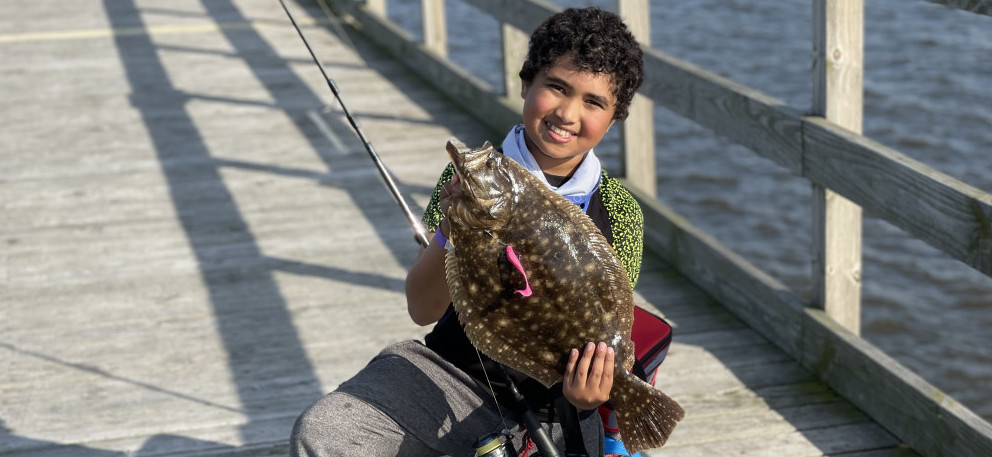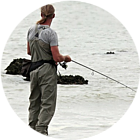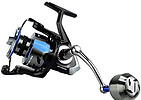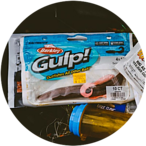
Fishing for fluke, also known as summer flounder, is a popular pastime for anglers of all levels of experience. These flatfish can be found in both freshwater and saltwater environments, making them accessible to a wide range of fishermen. However, catching fluke can be a challenging task, as these fish are known for their elusive and sometimes unpredictable behavior. In this article, we’ll discuss the fluke fishing tips and techniques for successful fluke fishing.
Timing is Everything
 Fluke are known to be most active during the warmer months of the year, typically from late spring through early fall. They tend to be more active during the daylight hours, particularly during the early morning and late afternoon. Understanding the seasonal patterns of fluke behavior can help you to choose the right time of day and location for your fishing excursion.
Fluke are known to be most active during the warmer months of the year, typically from late spring through early fall. They tend to be more active during the daylight hours, particularly during the early morning and late afternoon. Understanding the seasonal patterns of fluke behavior can help you to choose the right time of day and location for your fishing excursion.
Choose the Right Gear

When it comes to fluke fishing, using the right gear is critical.
A lightweight, sensitive rod is essential when fishing for fluke. The rod should be able to detect even the slightest bite, allowing you to quickly set the hook and reel in your catch.
You’ll also need a high gear ratio reel is also critical when fishing for fluke. The reel should have a high retrieval rate, allowing you to quickly reel in your catch before it has a chance to escape. Look for a reel with a gear ratio of at least 6:1.
Braided line is a must-have for fluke fishing. It is strong and sensitive, allowing you to feel even the slightest bite. Look for a braided line with a test weight of at least 20 pounds.
Polarized sunglasses are another must-have for fluke fishing. They allow you to see through the water’s surface, making it easier to spot fluke and other fish. Look for sunglasses with a polarized lens and a comfortable fit
Use the Right Bait

Fluke are opportunistic feeders, and they will eat a variety of different types of bait. Some of the most effective baits for fluke include squid, clams, and worms. Using the right lures can make all the difference when it comes to catching fluke. Some popular options include bucktail jigs, gulp shrimp, and strip baits. Bucktail jigs are versatile and can be fished in a variety of depths and currents. Gulp shrimp are a popular choice for their scent and realistic appearance, and strip baits can be rigged to mimic the movement of live baitfish. The key is to experiment with different lures and presentations until you find what works best for your fishing conditions.
Pay attention to the Tide and Water Conditions

The tide and water conditions can have a significant impact on fluke behavior. When the tide is low, fluke tend to be more active and may be more likely to bite. However, when the water is murky or choppy, fluke may be more difficult to catch. Paying attention to these factors can help you choose the best time and location for your fishing trip.
Fluke fishing can be a challenging but rewarding experience for anglers of all levels of experience. By following these tips and techniques, you’ll increase your chances of catching a trophy fluke and have a great time doing it. Remember to be patient and persistent, and don’t be afraid to try new tactics until you find what works best for you. So, get out there and try these techniques for yourself, and remember to always follow local fishing regulations and best practices to ensure a safe and successful trip. Happy fishing!
Meet The Author
Meet Keith, a passionate angler and the author of the popular fishing blog, “Anglers Hub.” Keith grew up in a NYC where fishing wasa way of life. As he got older, Keith’s love for fishing only grew stronger, and he decided to share his knowledge and experiences with his children and others through his blog. His son Pedro is a brand ambassador for Tsunami Tackle and S&S Bucktails two of the top brands in fishing.
In this article, you may come across affiliate links, which are links that lead to products or services that are being promoted. These links are specially formatted so that when a reader clicks on them and makes a purchase, the author of the article may receive a commission from the company that sells the product or service. It’s important to note that the use of affiliate links doesn’t affect the price you pay for the product or service. Instead, it’s a way for the author to earn a small percentage of the sale, which helps them to continue creating valuable content. Rest assured that any products or services recommended in this article have been carefully selected and are only included because the author believes they will be of value to the reader.